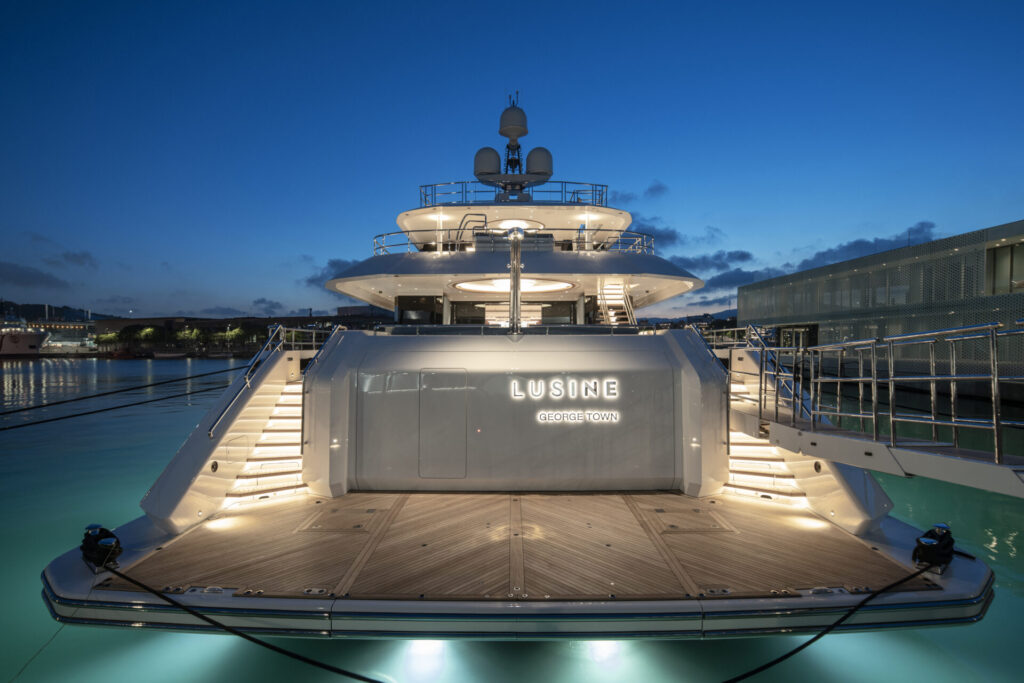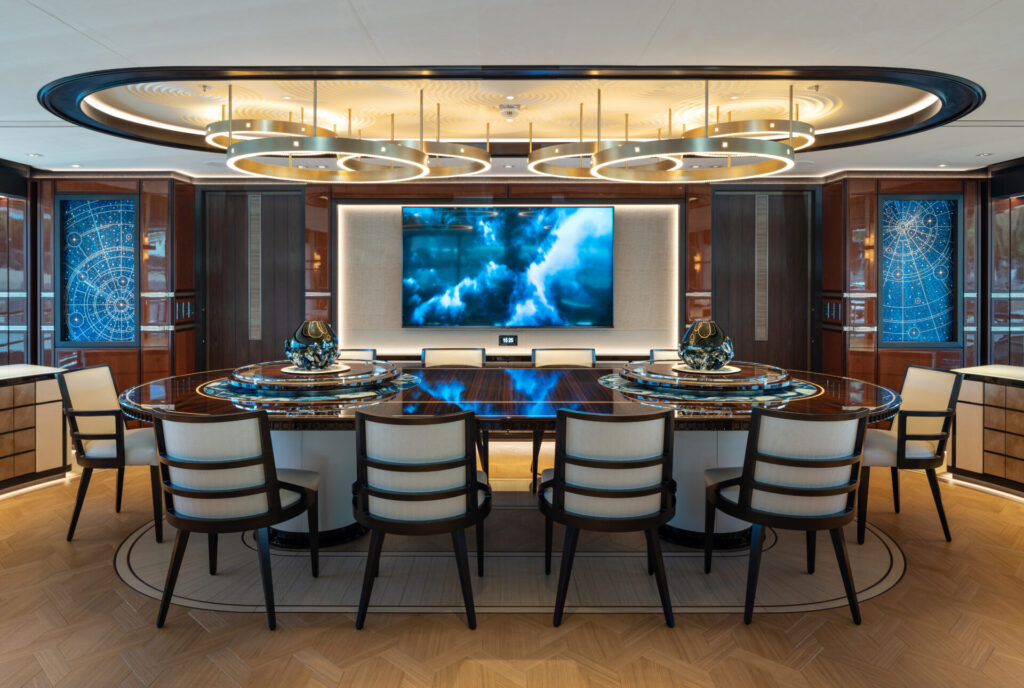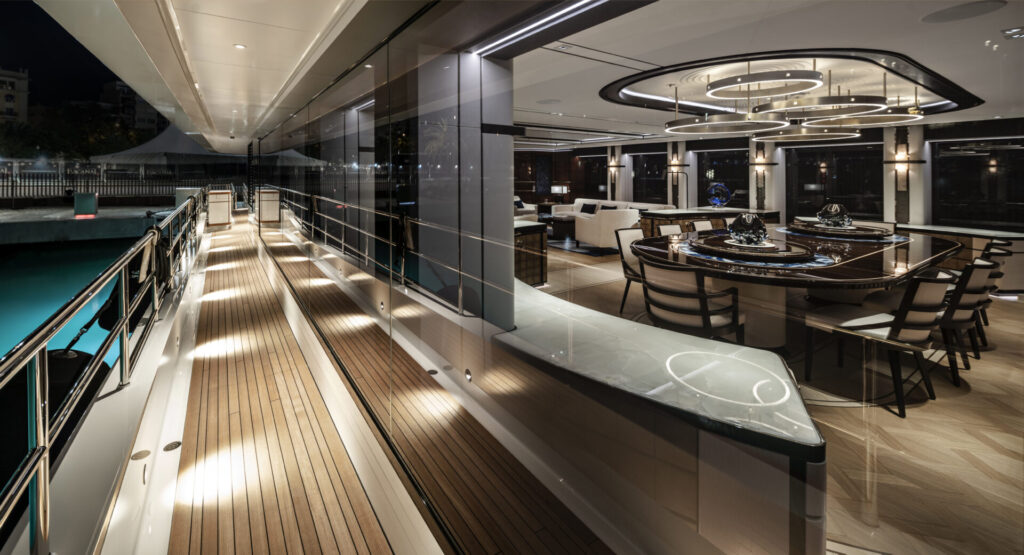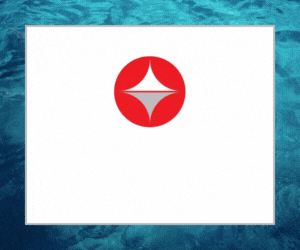Creating an atmosphere onboard is essential to a guest’s experience. Whatever the activity, dining, partying, relaxing, or watching a film, the ambiance should be just right – and that’s where Superyacht lighting design comes in.
Let’s hear from Sally Storey, the founding director of Lighting Design International. Here, Storey explains how she was introduced to the industry, and how Superyacht lighting design has evolved throughout her career.

Entering The Industry & Adopting A New Approach
Designing for the Superyacht industry is a privilege. I first got into this industry maybe 15 years ago or more. At that stage, lighting boats followed almost a formulaic approach, a cove of indirect light and a grid of downlights.
My introduction came via a client whose home I had done the lighting for. She could not understand why the atmosphere on her boat was not as nice as in her home, so they introduced me to the project. This was the refit of my first yacht, Il Cygno.
I decided to go against the yacht industry standard of grids of lights. I introduced my approach in the same way I would for a residential project which is to light what matters. For example, this can be the art, the centre of the room where a table is located, the blinds or curtains, and I put light where it was required – rather than following a grid. It also became apparent that coves were not essential if one had enough ambiance from decorative light sources.
Utilising LED’s & Adding Warmth
Another key factor was the introduction of joinery lighting and layering the levels of light to create added interest. This technique was made even easier with introducing LED’s. These are now such high-quality lights, and the advent of miniaturisation has enabled us to incorporate them into even more details, a process which was impossible before.
My second superyacht was M/Y Twizzle. The owners had been on Il Cygno and wanted a similar approach. In those days (and the early days of LED’s), there was a tendency to use a very cold colour light temperature, not only inside but outside, as it was thought to be brighter. Walking around a harbour, all too often one sees boats that almost look like a surgery can take place! It has taken a long time to get the perfect 2400k colour for linear lights. I like to use 2700k for downlights. In reality, the exterior lights only really come on at sunset when the natural light is warm, and that should be recreated on board as closely as possible. Think of the circadian rhythm.

Making It Simple While Tackling Challenges
We therefore consider lighting a boat like lighting a jewellery box in the level of detail used.
We consider all aspects of what to light, the different areas to emphasise, the inbuilt details, and the colour temperature. The final consideration is how to control all these light sources and balance the effects using a simple control system. This final stage of balancing the lighting is crucial. It is important to make it simple. Too often, clients have a bad experience with control systems and often do not want to use them. However, by simplifying the process and limiting the number of scenes to 3 or 4, which cover the lighting moods throughout the day, the systems become more appealing and acceptable.
The exterior of a boat brings different challenges. The lighting is no longer in an air conditioned controlled environment, and it needs to be much more robust and able to withstand the corrosion of salt air! It is also essential to control the moods. The boat’s exterior is often used as an entertainment space so it needs to adjust to the addition and subtraction of natural light throughout the day. A bright cold light could kill the desired atmosphere.
“Lighting a boat is like lighting a jewellery box”
Transforming A Superyacht
Lighting truly is one of the key ways a Superyacht can be transformed. Different effects create different moods that can radically change a space. Lighting is something that one needs to experience. We can transform a space with light, which any other interior finish cannot do, at the touch of a button! Beach clubs can quickly turn into nightclubs, and lounge areas become discos. In turn, these transformations make the spaces on a Superyacht work even harder.
Past & Present Projects
The next few boats Lighting Design International designed were: Northern Star, M/Y Joy, Sy Twizzle, M/Y Faith, M/Y Hasna, and recently the award-winning M/Y Lady S and M/Y Lusine, as well as many more over the years.
We are currently working on approximately 10/12 yachts. All are at different stages, ranging from those that are ready to launch, and some which are in the very early design stages, even before the building of the hull. Our involvement at this early stage is crucial particularly with exterior lighting, as this may need to be integrated into the hull design.

An Integrated Approach & Embracing New Technologies
Another aspect we have begun consulting on is helping brokers and/or designers in the early stages of assessing a Superyacht’s feasibility. We can anticipate the required number of points and circuits, so that when they approach the shipyard, a far more accurate price is achieved from the beginning.
Historically, when Superyacht lighting design was introduced at a later stage of the design process, huge overruns occurred. Not enough funding was allowed by the shipyard to keep the price competitive, either.
This industry continues to grow in sophistication and is embracing new technologies not only in lighting but in propulsion, reviewing greener approaches wherever possible.
To take a closer look at Lighting Design International and their work, go to their website at:
www.lightingdesigninternational.com
To keep up to date with the latest Superyacht Content News, click here.
Sign up to our Newsletter below:


.gif)




.gif)











